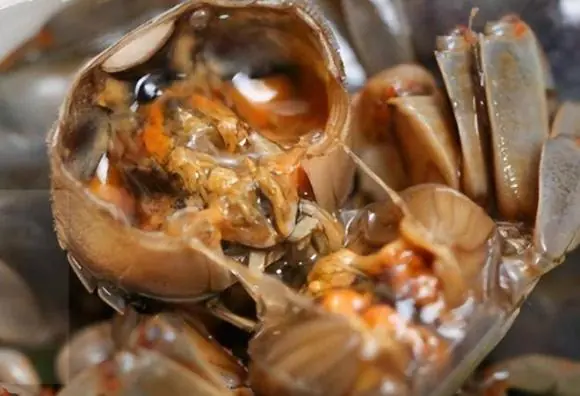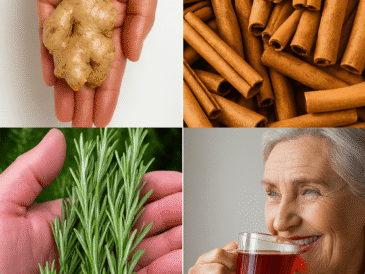⚠️ Doctor’s Warning: Stop Eating These 4 Foods Immediately — They May Contain Dangerous Parasites
When it comes to healthy eating, most of us worry about calories, sugar, or fat — but very few think about parasites. Yet, according to medical experts, some common foods can harbor microscopic organisms that may cause infections, digestive problems, or even damage internal organs if not handled properly.
These parasites can enter the body through undercooked, raw, or contaminated foods, and the symptoms often go unnoticed until it’s too late.
Here are the four foods doctors say you should avoid or handle with extreme care to protect yourself and your family. 👇
🐟 1. Raw or Undercooked Fish
Sushi lovers, beware — raw fish can contain parasitic worms like Anisakis and Diphyllobothrium latum (fish tapeworm).
These parasites can survive in the digestive tract, causing symptoms such as:
- Stomach pain
- Nausea or vomiting
- Unexplained fatigue
- Allergic reactions
💡 Safe alternative:
Always eat fish that has been properly frozen or cooked. Freezing at −20°C (−4°F) for at least 7 days kills most fish-borne parasites.
🥩 2. Undercooked Meat (Especially Pork and Beef)
Raw or undercooked meat can contain tapeworm larvae (Taenia saginata in beef and Taenia solium in pork).
Once inside the human body, these larvae can grow into adult tapeworms — some reaching several meters long!
Symptoms include:
- Weight loss without trying
- Abdominal cramps
- Persistent hunger or bloating
- Fatigue
In severe cases, pork tapeworms can migrate to other organs, including the brain, causing serious neurological complications.
💡 Safe alternative:
Cook meat thoroughly to at least 70°C (160°F) and avoid tasting it before it’s fully done.
🥗 3. Unwashed Fruits and Vegetables
Even healthy foods like salads and fruits can become dangerous if not cleaned properly.
They may carry Toxoplasma gondii, Giardia, or E. coli, transmitted through contaminated soil, water, or animal feces.
These parasites can cause intestinal infections, diarrhea, and flu-like symptoms — and can be particularly risky for pregnant women and people with weakened immune systems.
💡 Safe alternative:
Always wash fruits and vegetables thoroughly under running water and peel when possible. Use a mild vinegar rinse for extra safety.
🐌 4. Raw Shellfish (Oysters, Clams, Mussels)
Shellfish filter large amounts of seawater and can easily accumulate bacteria, viruses, and parasites.
Eating them raw or undercooked increases the risk of infections like Vibrio and Cryptosporidium.
Symptoms may appear within hours and include:
- Nausea
- Vomiting
- Diarrhea
- Fever or chills
💡 Safe alternative:
Cook shellfish until shells open naturally and flesh becomes firm. Avoid seafood from questionable or unregulated sources.
⚕️ What Doctors Recommend
To protect yourself from food-borne parasites:
✅ Cook all animal-based foods properly.
✅ Freeze fish before consuming raw.
✅ Wash hands, surfaces, and utensils after handling raw meat.
✅ Rinse all produce thoroughly.
✅ Avoid untreated water when traveling or camping.
🧠 Symptoms to Watch For
If you experience any of these symptoms after eating suspicious food, see a doctor immediately:
- Persistent stomach pain or cramps
- Unexplained weight loss
- Itching or discomfort around the anus (especially in children)
- Chronic fatigue or weakness
- Diarrhea or nausea lasting more than a few days
Early treatment can prevent serious complications — but prevention is always the best cure.
🌿 Final Thoughts
Not all foods are dangerous, but improper preparation can turn even the healthiest meal into a health hazard.
By knowing which foods carry the highest parasite risks — and how to prepare them safely — you can protect your family’s health while still enjoying your favorite dishes.
🩺 Remember: Clean well, cook thoroughly, and eat smart — your body will thank you later.





